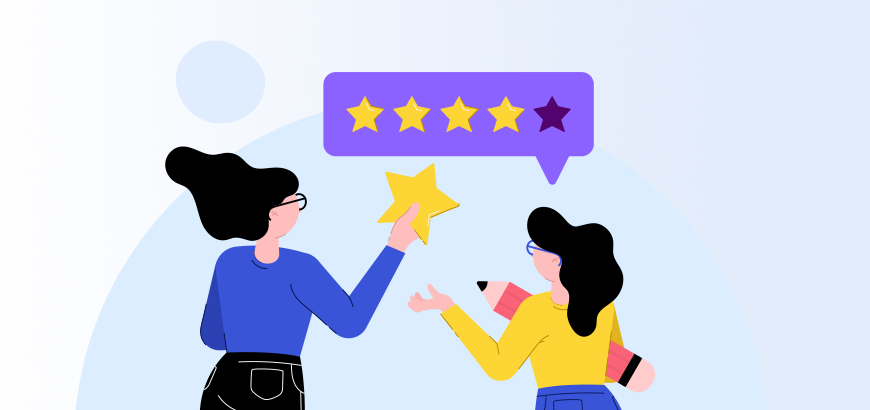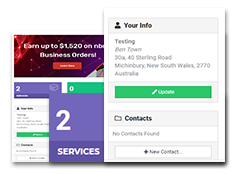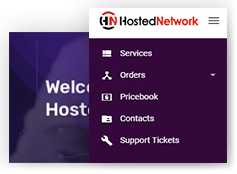
As an industry we are stuck! We are stuck in our mindsets, our process and our actions! Us MSPs are still managing our operations the same way we mature MSPs were around 2010!
I want to change this and shift everyone’s thinking to being a modern TSP instead. So lets start with understanding why we are doing this so we can challenge our mindsets and work towards change.
We all think we are an innovative industry, but we really aren’t. Our value to clients has been that we fix what is broken and we provide a stable IT environment so our clients can function. This was super important in the 2 foundation decades of our industry and we have gotten really good at that, especially as environments have simplified and technology in general has become better.
In the pursuit of creating a stable environment we created a standardised stack to support and wrapped some tools around it to manage them. We manage to keep the lights on day after day and do really well at that. But then come the reactive tickets and emergencies and we need to reinvent the wheel again.
We have set so much of our value to our clients on that reactiveness and funnel all our business focus and resources into managing responding to tickets as fast as we can. This is where we get trapped (Especially in the MSPs that are under 30 employees). We changed behaviours from everyone calling all the time, to email and call for urgent requests.
We have no one looking at the future, the data, the trends. We don’t have a mature continual improvement cultural, we are stuck at our maturity level trying to do the same things faster, better and harder, but don’t stop to see what we could do differently.
Times have changed!
- Technology is simpler – There is less infrastructure and it is way more stable
- Technology is more transparent – Cloud has empowered users to manage themselves more
- Clients no longer sit in an office – End Users have far more flexible work situations with working from home or anywhere and at different times
- End Users are more savvy – The younger generations don’t need us to explain technology they want to be empowered to do things themselves
- Communication Methods are different – With this flexibility and generational changes email and phones don’t cut it.
You have probably responded to these changing needs by providing some security services, extending the help desk hours and rolling out a client portal poorly. But what else can you do?
Let’s start with client experience as its often the last thing we really think about and spend enough energy on understanding!
- Introduce a method of scheduling a tech to work on an issue instead of having a tech randomly call and find the end user is too busy or not available. I will tell you as a busy professional nothing pisses me off more with services that I can’t request a time in the future when I am available – Something like TimeZest can be utilised so well to not only provide a great client experience but reduce the manual effort of dispatching and techs having to chase clients up
- Introduce proper chat functionality! If I can work, why would I sit on the phone talking to someone when I can have a chat screen open and continue what I need to do? How much more efficient will that be for the client and the tech? Think about how hard it is to get techs to enter notes, if they are chatting to the client about what they are doing, the chat will record all the notes and the client can have a cleaner way of viewing what is happening. Tools like Tribu.ai Invarosoft Chatgenie can all do chat functions through Microsoft Teams, so you don’t even need to add yet another tool to your clients, they can use what they use everyday!
- Properly roll out a client portal. When I say roll out properly, I mean make the portal valuable and provide training on the use to the clients. You need to drive uptake through making it valuable, this means having features and functions that will help them in their everyday work, forms, reports, quick links, education, notices etc. Have someone internally owning it and driving implementation and use Don’t just throw it at clients to reduce your workload, it wont be successful. Tools like CloudRadial Invarosoft DeskDirector all provide these great features and can be embedded inside Microsoft teams
Those 3 things done right can dramatically increase the client experience, reduce your workloads and gives you a competitive advantaged over the average MSP straight off the bat.
So now lets talk tech, I want you to know that I am not technical, I am an operations guy so I may look at things a little differently.
I have seen the insides of a couple of hundred MSPs service desks so I have some pretty robust anecdotal evidence to share in how we can dramatically change what we are dealing with and to reduce our service loads.
Firstly lets look at some of my anecdotal stats for you to compare. The typical MSPs ticket breakdown by Tech Level is as follows (Your results might vary, but compare why). These numbers are based on level that the ticket is resolved, not where it had started its journey.
- L1 (Process Driven Outcomes) = 70% to 75%
- L2 (Standard Issues and Vendor Escalations) = 15% to 20%
- L3 (Problems, Major Incidents and Complex Incidents) = 5% to 10%
You can see why a best practice pod/team structure is 3/2/1 with the ticket breakdowns, but most MSPs still want to be top heavy. If you are, ask yourself why. Very few MSPs actually work in complex environments so why do we need that (I will write a future article about this)
So now knowing the breakdown, you may or may not be surprised that there are 6 key types of tickets that MSPs predominantly deal with. I will share what they are and how you could look at solving these in a different way.
- Outlook Issues – Ever thought of just moving all your end users to the browser and no longer supporting the browser? I have personally done it and have only had 1 issues in 12 months, compared to at least once a month on the desktop application. Not only that it is a more integrated experience with the wider M365 suite and I use the browser for nearly all of my other functions. You can also look at something like Exclaimer to let your clients manager their own signatures
- Printer Issues – Why are we still trying to manage printers the same way as we always have? Have you noticed that there is less infrastructure to centralise management (I.e. on prem servers) what about managing print from Azure or even with End users working from anywhere? Clients still have to come to us to get access to printers, why can’t it be self service and just work? Why not look at something like Printix, I have seen clients with complex environments and right down to standard small environments with no issues which results in at least at reduction of 50% to 60% of printer tickets
- Password Resets – Why do clients need to call in to us to get access to their systems still? I can reset the password to my bank, gmail and just about anything through self service means, why don’t we have this? We can do this directly through Microsoft #AzureAD with #MFA and there are quality tools like Quickpass Cybersecurity that can securely manage identity and allow clients to get access quickly without our interaction.
- User Management – Seriously why are we still manually creating and removing users, we are typically poor at doing it. This is because we are typically made to rush by the client and don’t have the details we need. We should be able to automate this and empower the client to manage their own users. Many MSPs have scripted this and used Client Portals to have forms, but there are more advanced ways to do this. Imagine being able to leverage Microsoft #Dyanmics365 as a HR platform for your clients and they can manage their people processes in there and leverage automation and forms to allow HR to just manage users in their day to day role, or look at awesome tools like Rewst and Pia that can automate far more of these tasks, tie that in with Pax8 to automate your license counts on agreements and you and the client will be far better off
- Spam Management – I get it, security is important and we would rather our clients contact us before they open a dodgy email, but how much time are we spending doing that with pretty high cost resources. And why are we still managing end users white and black lists? We should be looking at increased education opportunities and more integrated spam management tools for M365. More modern solutions like Proofpoint and Avanan (Proud to Join Check Point Software Technologies) are far more integrated to M365 and are easier to use for end user. Plus you can look at services like Proofpoint provide for a $1 or $2 per user to respond to the dodgy email checks.
- Desktop and Application Deployment – We spend so much time doing these tasks and we do it really unprofitably because we don’t create standards and a repeatable method. We should be able to charge a good fixed price for every install that is high margin for us and give the client an awesome experience, they should be excited to get a new system not be left feeling that they are worse off. We can start by managing lifecycles using tools like Lifecycle Insights or ScalePad so that we proactively replace systems before they die, this helps us understand the configs as well. We then look at leveraging Microsoft #Intune and #Autopilot to create a SOE for that client and provide ongoing access to apps and easy onboarding of new systems, this creates great project work too initially. Otherwise we can look at a great tool like ImmyBot to image systems and deploy applications/manage updates. Then if we utilise our RMM to maintain counts in our PSA we can easily maintain bill by device numbers.
I would be surprised if you aren’t suffering with at least one of these issues, and most likely all 6. You should be able to see, be looking at things differently and utilising some automation, changes of mindset and integrating better billing practices you can not only charge more, reduce your labour burden, but most importantly provide a much better client value.
Maybe we can use this extra time to shift to more strategic and high value work, rather than our value being into responding to tickets as fast as we can!
About the author

James Davis is the Director of Pax8 Academy Asia. Originally from Canberra, he recently moved as far south as he could to Hobart. He joined the Sea-Level family in 2020 to grow the Sea-Level Operations offering locally in the APAC Region, joining Pax8 in May 2022 to elevate the industry through education.
James is a coach that has over 16 years industry experience in owning and managing SMBs. His core purpose is “To create freedom from chaos from the lives of others so they can thrive and grow”.
He values personal development, always trying to learn something new to build his body of knowledge to grow as a person and leader. James tries to share his knowledge and experience as much as possible, believing in the go-giver mentality.
To know more about visit: https://www.linkedin.com/in/thejamesdavisaus/ and https://www.pax8.com/en-apac/
 Contact us
Contact us  Partner Login
Partner Login  Service Status
Service Status 


 December 13, 2022
December 13, 2022
 James Davis
James Davis
 3 mins
3 mins